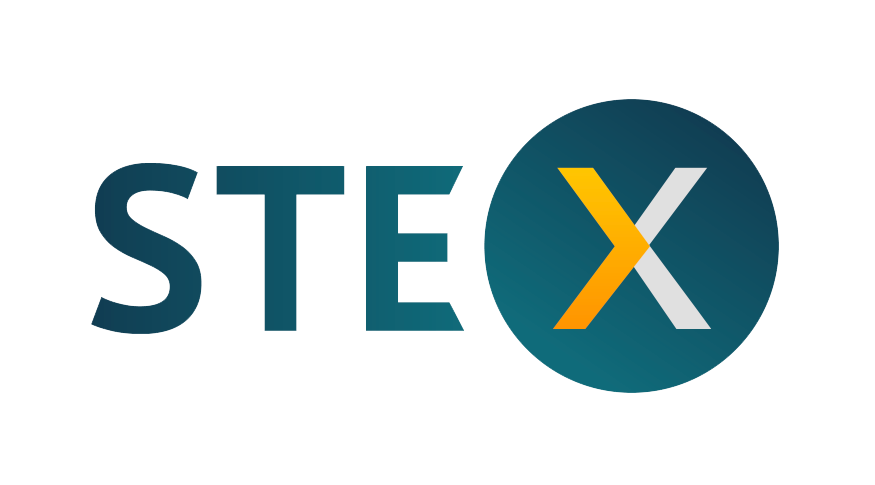The rise of cryptocurrency trading has absolutely everything to do with exchange platforms. Today, global trade volume is growing, and cryptocurrency exchanges are adding more and more new users each day. They represent the focal point for deal-making in the sector, by allowing everyone to execute trades without having to read through numerous forums in order to find someone willing to take the other side of the transaction with no guarantees of success and security.
By design, exchanges provide the entire crypto market with an essential service: liquidity. Here, we discuss it, see how HFT algorithms can assess it and assist in finding the best deals. Liquidity is one of the largest challenges in the sector. It is heavily influenced not only by regulations but also by the speculative nature of today’s crypto market.
Many people make decisions to buy or sell cryptocurrency at about the same time or place relatively large orders, which cause volatility; and the market is not just able to absorb it or handle a transaction of 10k bitcoins without the value of the cryptocurrency changing. This happens due to the lack of liquidity, compared to the traditional financial market and the equivalent in cash, the most liquid asset.
Apart from the trading activity, for a single exchange, its own unique liquidity is determined by its ability to keep reserves to draw on when running out of coins to sell. Smaller exchanges, with a daily trading volume of around 1k BTC, often face supply-and-demand issues or local price slippage and require the buyer to cover it, together with the gas — transaction cost of around 1-10% above the original price.
Liquidity is one of the main things to consider when choosing a cryptocurrency exchange. Here are the two factors that explain it:
- Security and reputation. Cryptocurrency exchanges have become an appealing target for cybercriminals, with the most notorious hacks of Gox, Bitfinex, Coincheck and other major trading platforms, leading to billions of dollars in losses. In addition to information security, exchanges now are responsible for detecting and preventing the so-called pump-and-dump schemes and other fraudulent activities. Both tasks require sophisticated security protocols and high-end infrastructure that can cost up to millions of dollars to set up and operate. However, the effects of these investments on reputation build up over the long term and result in more money flowing in.
- Trading volume and trading pairs. Top exchanges have 24-hour trading volumes of more than $1b and offer multiple trading pairs with major cryptocurrencies such as bitcoin and ether listed as base ones. By design, crypto-only exchanges have many coins available and tend to accumulate higher trading volumes. Fiat-accepting exchanges, on the other hand, have lower liquidity due to overregulation, stringent verification process, and limited trading pairs, so their trading volume can be smaller as well.
How HFT algorithms can solve the problem
With the “Flash Boys” book out on the streets, high-frequency trading has been scrutinized by media and associated with market abuse. HFT traders, thought to be constantly seeking ways to profit from the system, have become scapegoats for the liquidity problem. In turn, high-frequency trading, originally developed to work on stock exchanges, has proven its efficiency in a decentralized cryptocurrency market.
STeX.Exchange is a pioneer in the automated liquidity aggregation space. This project solves the liquidity problem by aggregating offers from cryptocurrency exchanges in one place without any market-altering effects. Here, HFT algorithms allow for real-time analysis of information across thousands of exchanges and provide customers with the best deals available on the market. STeX is designed as a decentralized system, with a custom-built A2A (Any-to-Any) technology that supports up to 10k cross rates and handles the exchange of any crypto assets in a single direct trade.
In this way, STeX will become an ultimate exchange platform and solve one of the largest challenges that limit faster growth for the cryptocurrency market. In fact, STeX aims to become one of the largest providers of crypto asset liquidity by adopting a wide range of traditional financial instruments such as futures and options, together with trading tools: from trailing stop loss orders to take profit orders; and deploying sophisticated HTF market-making algorithms to power the system.
To date, this project has raised 15k ETH during the August-September crowdfunding campaign and released its MVP. To raise additional funds for the venture, STeX will conduct an ICO. The STeX A2A fundraiser will commence on April 5, 2018.
